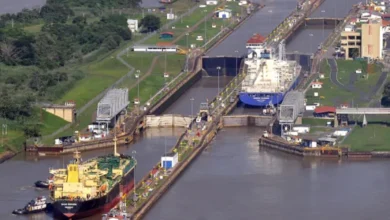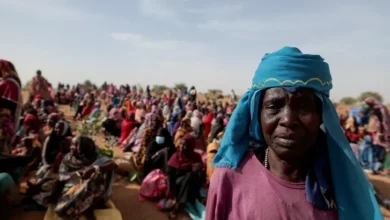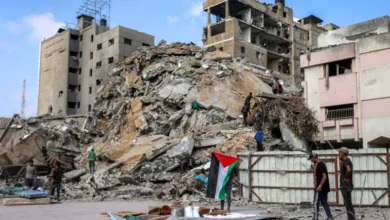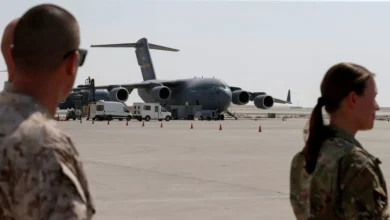Canada wildfires: Battling nature’s fury amid drought, rising temperatures
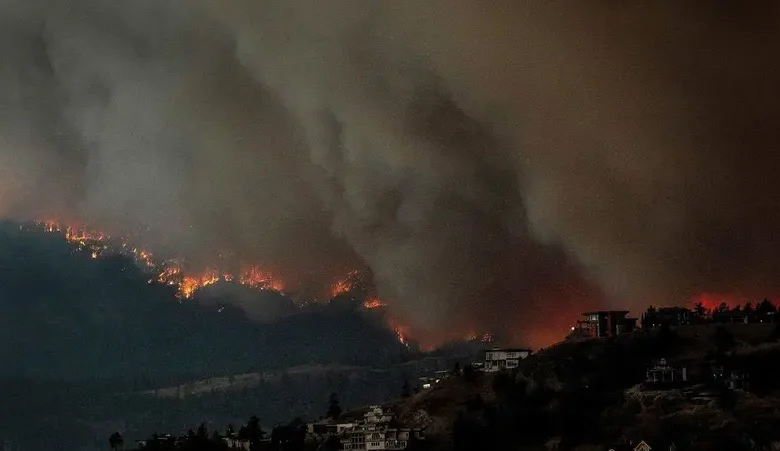
Firefighters in western Canada are battling the first major wildfires of 2024, which sparked into life after unseasonably warm temperatures and an ongoing drought left forests tinder-dry.
Wildfire season in Canada typically runs from April, when the snow melts, until September or October when cooler temperatures and increased precipitation helps dampen fire activity. Provincial wildfire agencies also recorded scores of so-called “zombie fires” that ignited last summer and smoldered throughout the winter.
Where are the Canada wildfires?
An out-of-control blaze is sweeping towards the remote town of Fort Nelson in northeastern British Columbia (B.C.), where more than 3,000 residents have been ordered to evacuate.
In northern Alberta around 70,000 people in the oil sands hub of Fort McMurray, which was devastated by wildfire in 2016, are on evacuation alert.
There nearly 120 wildfires currently burning across Canada, according to the Canadian Interagency Forest Fire Centre (CIFFC), mostly in B.C. and Alberta.
What preparation and prevention measures are in place?
Alberta is using night vision-equipped helicopters, introduced for the first time last year, to help tackle blazes and in April said it would hire an extra 100 firefighters, roughly a 10 percent on 2023.
B.C. has nearly 300 firefighters and 56 aircraft currently deployed, according to the provincial wildfire agency.
Both western provinces have widespread fire restrictions in place, limiting when and where people can light campfires and bonfires.
How bad are the wildfires?
So far this year there have been 318 fires in Alberta and 17,000 hectares burned, versus 454 fires and 461,000 hectares burned at the same time last year.
In B.C. there have been 158 fires that started in 2024 and 142,000 hectares have been set ablaze. Last year, 2.8 million hectares burned in the province over the course of the entire season.
2023 was Canada’s worst ever wildfire season when 18.5 million hectares burned and blazes raged simultaneously in the east and west of the country.
What is causing the fires?
Western Canada is in its third year of drought after a winter of meagre snowfall and a warm spring. May tends to be a busy time for wildfires in Alberta because snow has melted but vegetation has not yet had opportunity to regrow, meaning the landscape can be very dry.
Most spring wildfires are accidentally caused by humans, according to the BC Wildfire Service, while fires later in the summer tend to be sparked by lightning.
The federal government last month said Canada faces another potentially catastrophic wildfire season as it forecast higher-than-normal spring and summer temperatures across much of the country.
What is the impact on air quality?
Wildfire smoke is clogging skies across northern parts of B.C., Alberta, Saskatchewan, Manitoba and the southern Northwest Territories, according to the BlueSky Canada smoke forecast website.
On Sunday smoke from blazes in Canada drifted south to parts of Montana, North and South Dakota, Wisconsin and Minnesota, prompting health warnings.
What role is climate change playing?
Experts say it is difficult to determine the impact of climate change on a single fire season, but average temperatures in Canada are expected to rise as the world warms. For coastal regions climate change is expected to bring more rain, which should reduce the risk of wildfires, but a warmer atmosphere is more efficient at pulling moisture out of soils, a factor that increases fire risk.
Research shows fire seasons across North America are getting longer.

